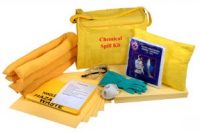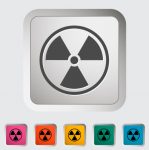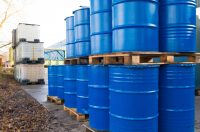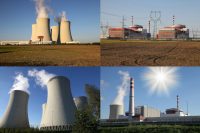5 Steps for Managing Solvent-Contaminated Wipes
So, if you’ve decided that the best option for managing your solvent-contaminated wipes is to see if you can get them exempt from EPA’s definition of solid and/or hazardous waste by complying with either the rule’s solid waste exclusion or therule’s hazardous waste exclusion, you need to know the steps to take to satisfy the […]










